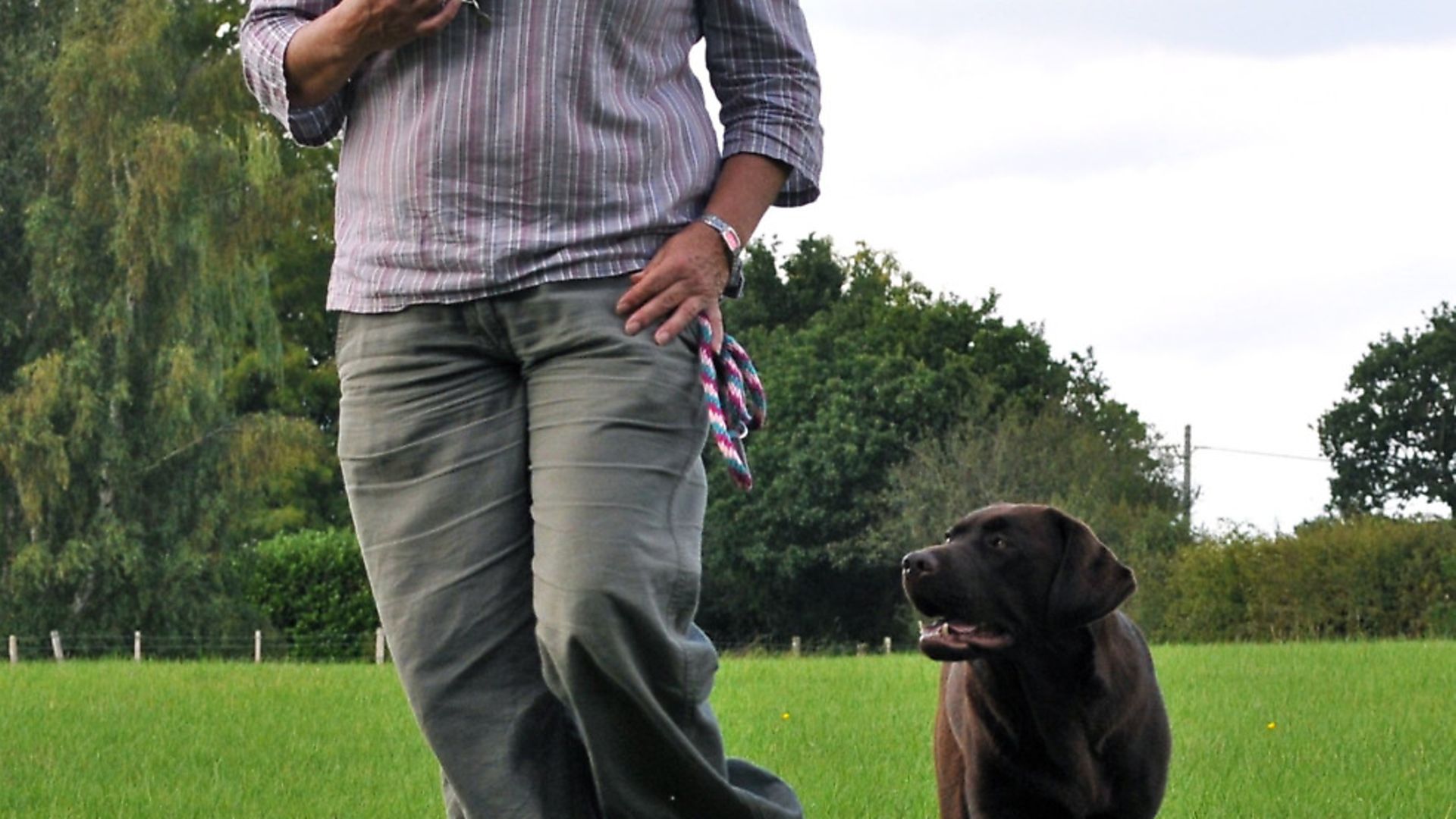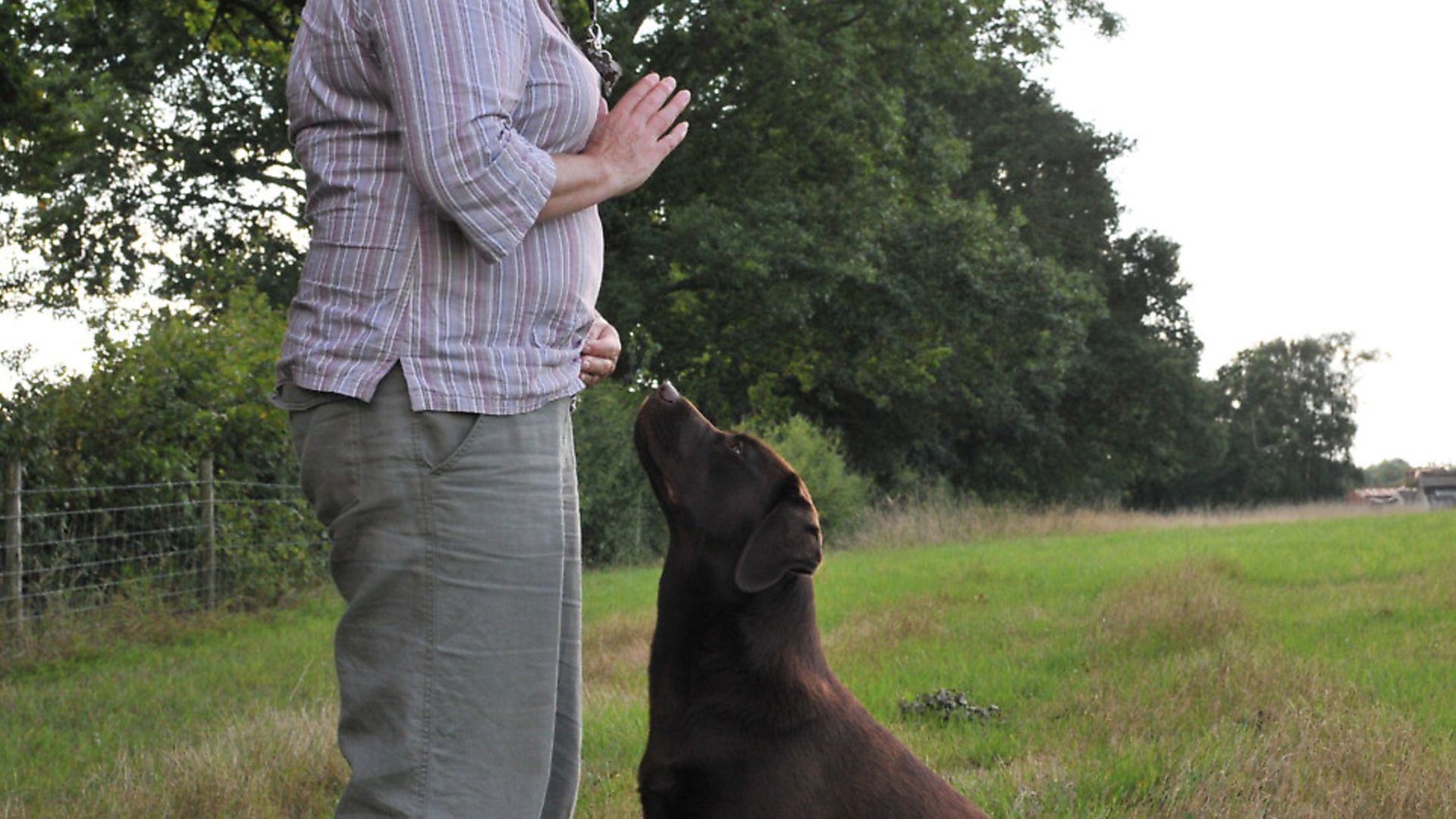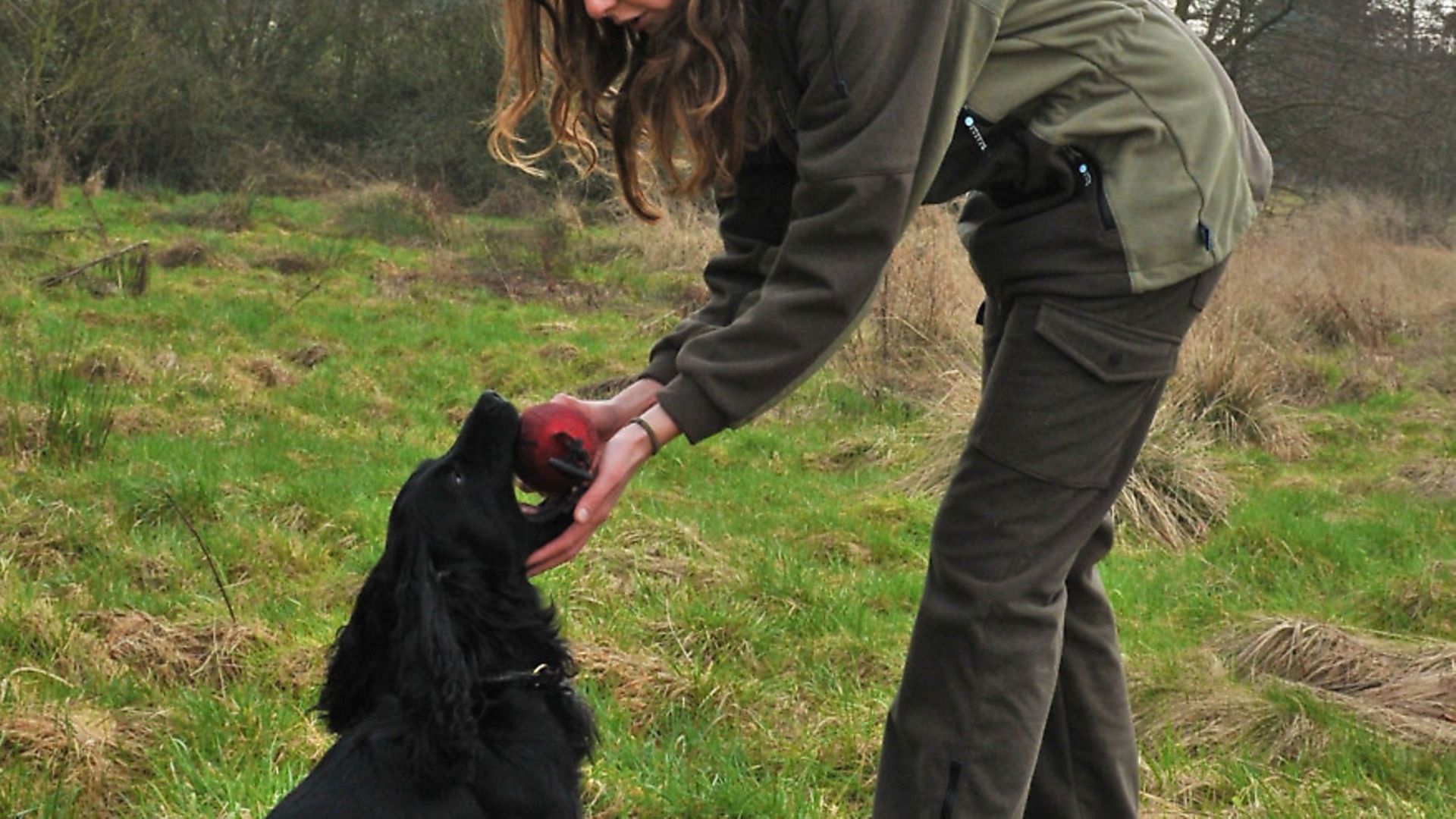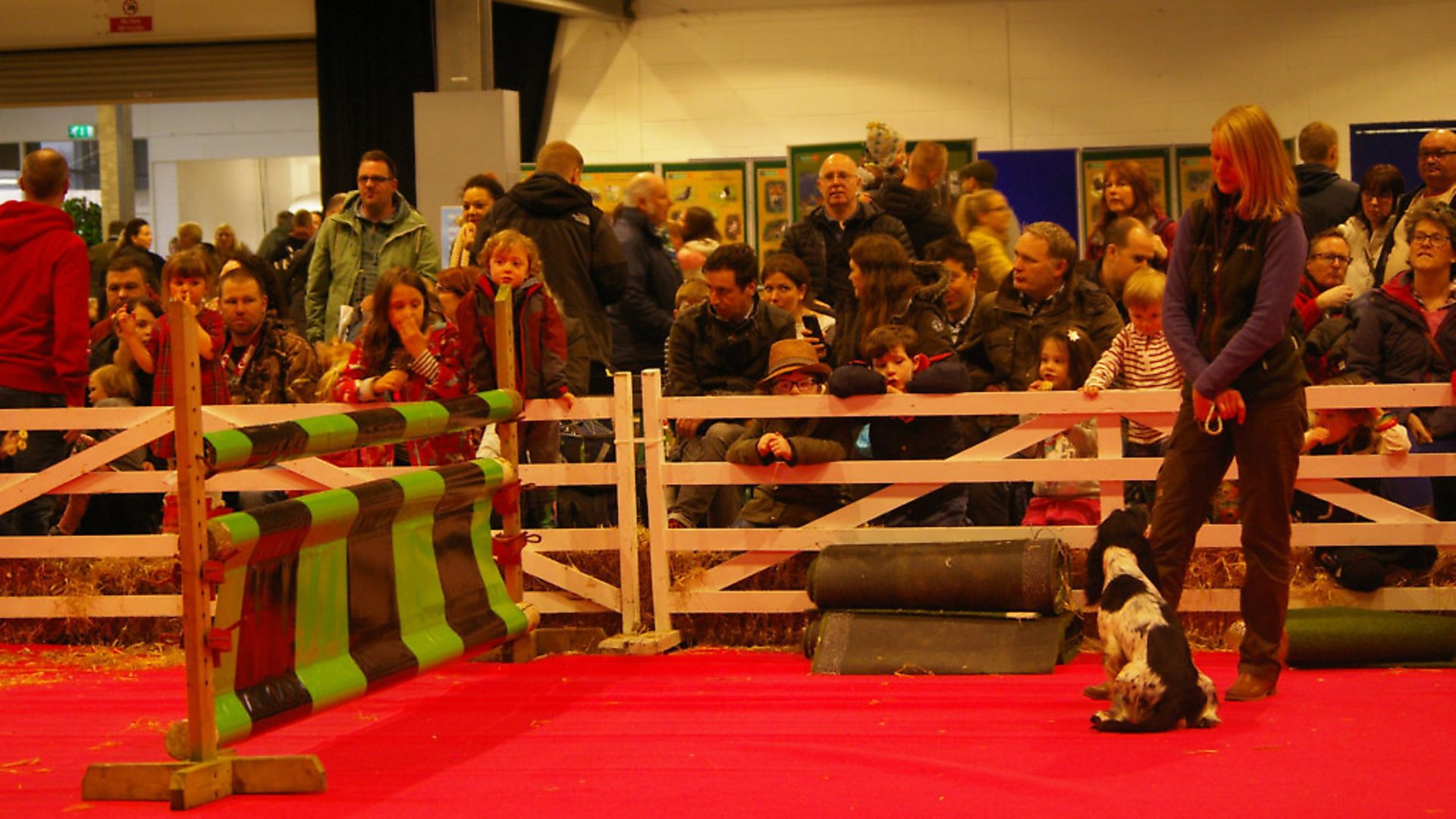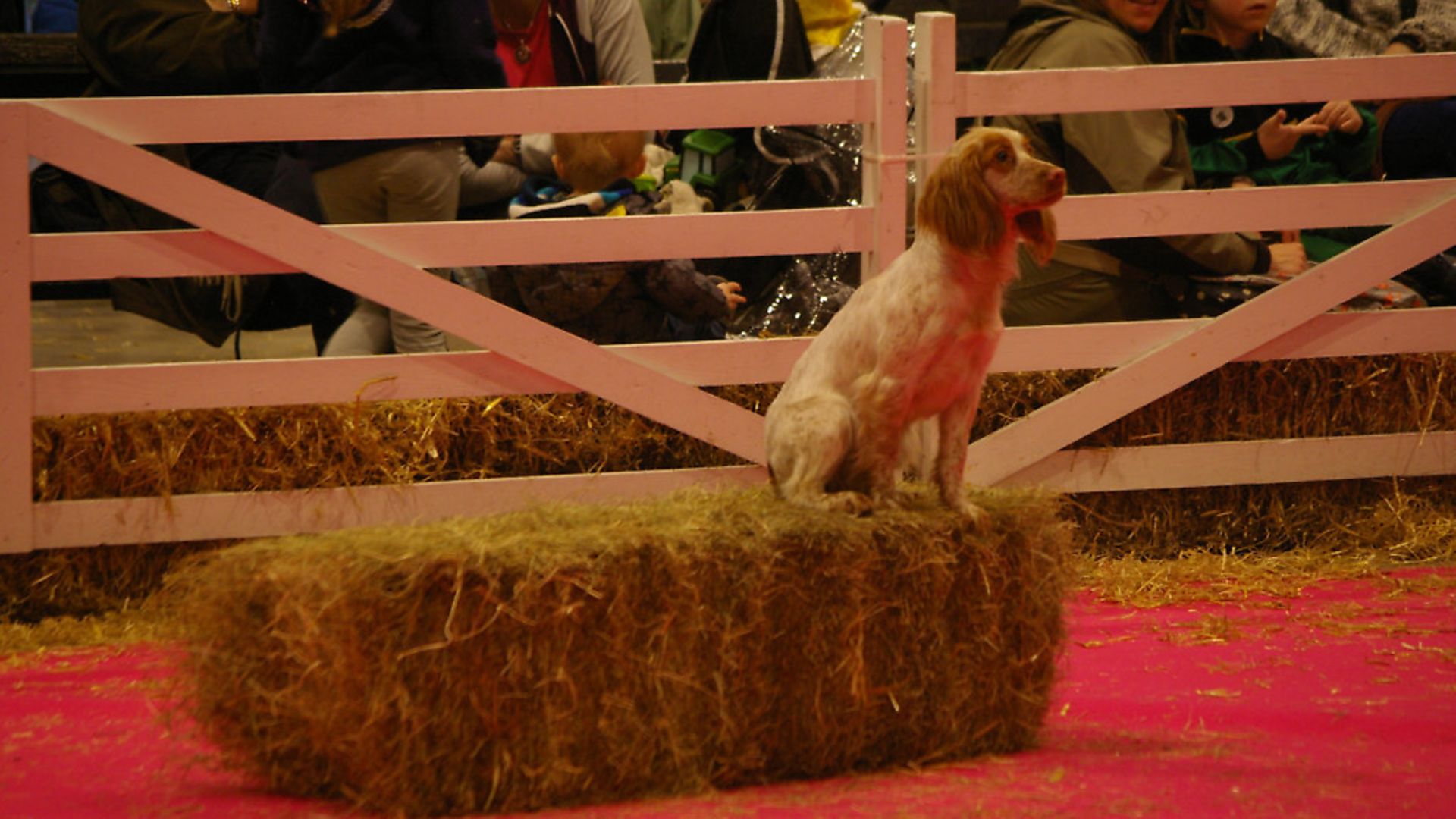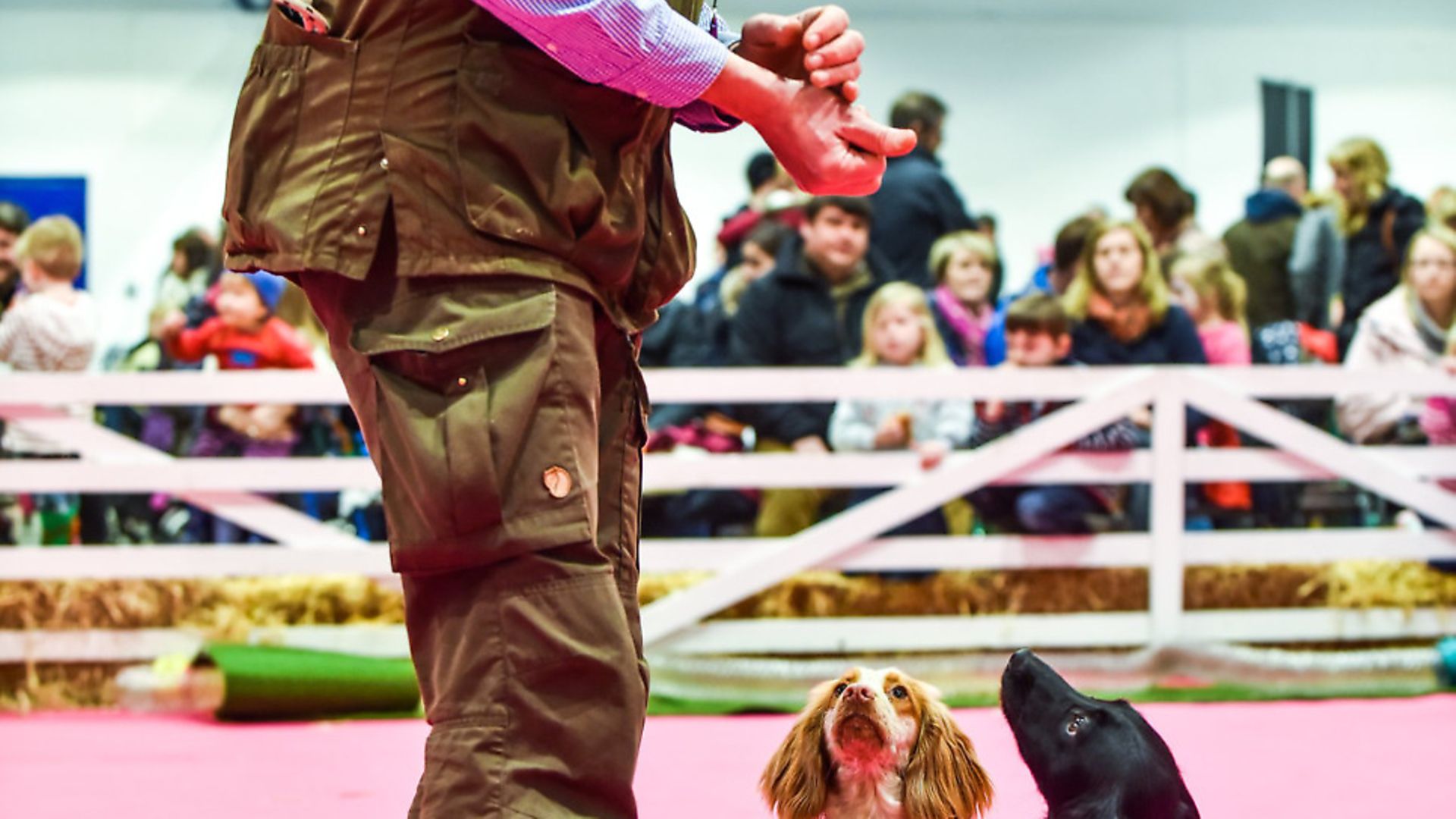The power of words
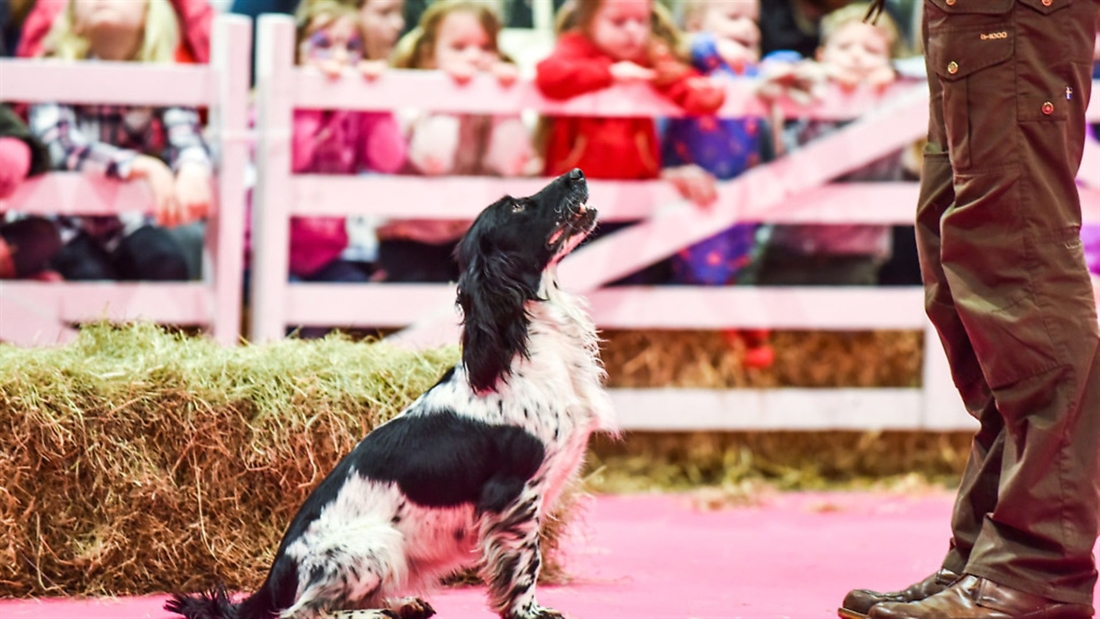
Gundog trainer Ryan Kay shows us that it doesn’t matter which command word you choose to use when training your gundog, as long as the command words are simple and consistent
It’s one of the most common problems I see – a dog being given inconsistent verbal commands. To be honest, I’ve probably been guilty of this myself in the past. Gundogs as pets in the house usually receive the most inconsistency when it comes to verbal commands. The kids say one thing, Mum says another and Dad shouts a full sentence – all of which are seeking to convey the same thing to the poor dog, who is just trying to figure it all out! The most important thing for verbal commands is consistency. Everyone in the family should be using the same command for the same required response from the dog.
Even deep in the roots of competitive obedience there is a Stay and a Wait, with the distinction being that Stay means the handler will return to the dog and Wait means that I will ask you to do something else, such as a recall. Some handlers are starting to fade this out as essentially the dog is being asked to perform the same thing: stay put until you receive the next command.
The dog is asked to do the same thing each time: sit there and wait! It doesn’t matter whether the handler walks off or stays there, the dog is still asked to sit and wait. They could do somersaults or jump on a bus, it still doesn’t matter, so why give the dog two different commands for the same required action?!
Of course, many handlers just use the word ‘Sit’ as a cue for the dog to remain put until released, and this is also fine, but I do believe that when it comes to a pet gundog in the house not everyone is consistent enough with this. In my opinion, human nature says that we want something to back that up, something that is helping our mind connect the word to the required action, so sticking a Wait or Stay on after helps the human, if not the dog!
LANGUAGE BARRIER
Guys are often the worst for this, and I’m not entirely sure why, but maybe it’s because we’ve been pre-programmed from past generations. For some reason, some guys expect the dog to understand the English language only, and that the command should have total correlation to the action. I’m fine with the word aligning with the action, so ‘Sit’ means just that – sit! But there seems to be an old-fashioned humanised side to it all – a little like how we used to speak to foreigners when travelling to Spain in the 70s and 80s. You know, by saying it slower and louder, the poor waiter should understand!
A few years ago, a chap told me that I was saying a command wrong, and that I should say ‘Gone away’ instead of ‘Leave it’ for the dog to hunt away from an area where a bird had just flushed.
“Why?” I asked.
“Because you are telling the dog that the bird has gone a-way,” slowing down the ‘gone away’ so I’d understand it better.
“Well, how do you think they teach dogs in Germany and France, for example?” I replied.
“No idea, I just say ‘Gone away’.”
“Maybe they put an accent on it?” I said, trying to make light of the situation.
GO BANANAS
Anyway, with this in mind I had an idea about how best to demonstrate verbal commands using more unusual words and I decided to include it as part of our next gundog display to the public. The idea was to demonstrate that it doesn’t matter what the word is, but rather what the word means to the dog. Dogs learn by association, so for example, when initially teaching the Heel, you should only say the word ‘Heel’ when the dog is in the Heel position, and then reward it with a treat or voice praise when it’s displaying a desirable Heel. It then learns that this is exactly where you want it – walking closely alongside your leg.
But it doesn’t have to be the word ‘heel’. What about ‘snorkel’? That’s a good word! Or maybe ‘banana’? A behaviourist friend once said she’d like to train a dog using the words cabbage, mash and carrots. Mmm, that gave me an idea! I do like my veg, but I prefer my fruit!
Keeping it as simple as I could, I spent a few days with our two youngest cockers, Seren and Ash. While in the training paddock, I decided to use a bale of hay for them to jump onto and then sit still. They are only 10 months old so I had to be careful with the jumping, but I figured that the height of the bale was providing no greater impact to their joints than the usual running around and jumping about that they do; besides, these were going to be short lessons.
Now, my memory is terrible, so I also use training by association methods for myself. Seren is orange roan, so she was taught to pop on to the bale with the word ‘Lemon’ (oranges and lemons).
I then decided to include another dog, Damson. Damson is now 22 months and still a little mad at times, so her command was ‘Bananas’.
Ash being the only boy, and also the fastest, was given ‘Mango’. Man – go, see? Genius I know!
Within a couple of days, and with just a few minutes of accumulated training, they were well on their way. Again, this was done purely by association. Each were encouraged onto the bale with the cue word, while using a treat, then treated again once they were sat still on the bale.
The bale of hay became a happy place where constant praise was received. I’d stopped practising with Damson, as she’d become a little unwell in herself, but continued for the next two weeks with Ash and Seren, right up until the show. The show in mind was the Springtime Live show at Harrogate showground. Geared up for families and children, I felt it was an ideal location to give it all a go; surely it was the right thing to pitch to a fresh-minded audience and it would be something they could take away and put into practice with the family dog. Besides, the main indoor arena was only 12x12m so didn’t lend itself to demonstrating hunting or much retrieving.
It was the first time the youngsters had been involved in a demo, but they were coping well. Damson had fully recovered, so she went first.
“Banana!” I called, and off she ran and jumped onto the bale. The crowd got the idea so I brought Seren and Ash out together. Sitting them both down, I sent them individually with Seren jumping onto the bale with the cue ‘Lemon’ followed by Ash with ‘Mango’. It was working smoothly, but I’d also decided to add an additional element for Ash at a late stage. Mango goes well with pineapple, so I thought I could use ‘Pineapple’ for him to jump down and sit in front of the bale.
“Pineapple,” I whispered down the microphone. Ash stayed still atop the bale! Maybe I’d pushed it and he needed more time to train?
I dropped my hand to the floor and spoke a little louder.
“Pineapple!”
He popped off the bale and sat in front. That bit of body language was still needed for him to do it, but that’s fine. Not a bad effort! But don’t worry, you won’t catch me shouting random fruits out on a shoot day or Field Trial!




